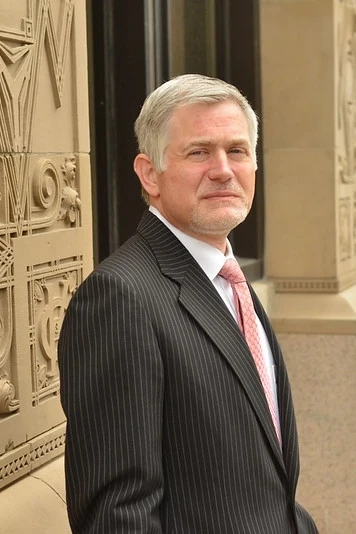In 2012, a millionaire was robbed, bounded and suffocated. According to the San Jose Mercury News, a homeless man’s DNA was found under the victim’s fingernail, and the man was arrested on a murder charge. However, his attorney was able to prove that not only did the man not commit the crime, but he was never even at the scene. A paramedic had accidentally transferred the man’s DNA to the location of the incident.
While the case may be the first of its kind, it is certainly not the only situation in which faulty DNA evidence has resulted in inaccurate charges and even wrongful convictions.
Building a strong defense
In the case of the homeless man, the prosecution built an argument based on the fact that the man had a history of both violent and nonviolent crimes. Additionally, the homeless man had a brain injury that caused memory issues, and he was unable to recall where he was the night of the murder. Combined with the DNA at the scene of the crime, it appeared the prosecution had a compelling case.
However, the defendant’s attorney discovered that on the night of the murder, the man was taken to a medical facility after he had passed out in an urban area. The same monitoring device that was placed on his finger was later put onto the victim’s finger, thus transferring the DNA. Upon reviewing the evidence, the prosecution dropped the charges.
The problems with DNA
The American Psychological Association points out that for as helpful as DNA evidence can be when solving crimes, it also presents a number of opportunities for mistakes, inaccuracies and exaggeration. As in the case of the homeless man, it is possible for DNA to be transferred from one location to another, misleading investigators, juries and judges to believe that someone was at a scene.
Other common issues related to DNA include the following:
- The statistics – DNA matches are rarely perfect, meaning there are only odds that the DNA at a scene matches the DNA of the suspect. Therefore, it is possible for samples to match each other solely by coincidence.
- Human error – Lab technicians often evaluate the samples in order to determine their validity and can make mistakes.
- Mixed samples – Due to improper storage or contamination, a DNA sample could contain evidence from different sources, further complicating the identification process.
A study published in Psychological Science suggests that for every 100 samples, labs produce at least one or two false positive matches. Anyone with questions regarding the fallibility of DNA evidence should consult with a felony defense attorney.






